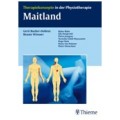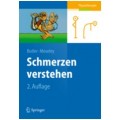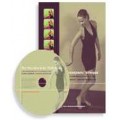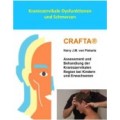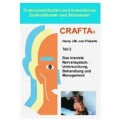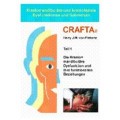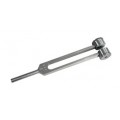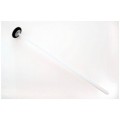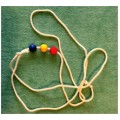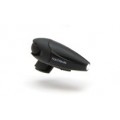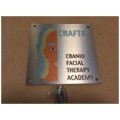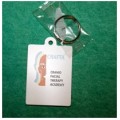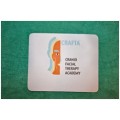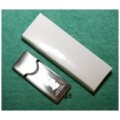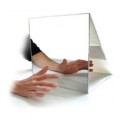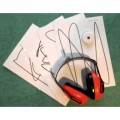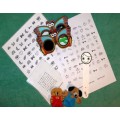The Graded Motor Imagery Handboek
G.L. Moseley, D. Butler, T.B. Beames, T.J. Giles
2012, Noigroup Publications, Illustrations and diagrams, 143 pages
Language English, 21x24,5x2 cm, coloured, softcover, weight 600 gram
ISBN 978-0-9872467-5-2
For further information go to: www.noigroup.com
Finally! A handbook arising from the last 15 years of neuroscience, clinical trials and clinical reasoning science is here for both clinicians and pain sufferers.
Graded Motor Imagery (GMI) offers a novel three stage synaptic exercise process for neuropathic pain involving left/right discrimination, imagined movements and mirror therapy. With patience, persistence and often lots of hard work, GMI gives new hope for treatment outcomes.
David Butler shows how curiosity and learning are critical allies in the search for why you or your patients hurt and he encourages a deep knowledge of the therapy and science behind GMI for the best outcomes.
Lorimer Moseley shares his researcher’s inquisitiveness about the science behind GMI and the neuromatrix: the representation of body parts in our brains and how and why these representations may be affected by injury. GMI aims to alter pain ‘neurotags’ or sensitive networks in the brain. Graded motor imagery is a treatment in its infancy. How do we know if it is appropriate to use? How do we know what’s normal?
Tim Beames invites us on a clinical reasoning exploration through patient-therapist narratives, providing invaluable insights into the progression from left/right discrimination, imagined movements to use of mirrors. The online RecogniseTM programme was developed to assess and restore the Lefts and Rights in your brain.
Tom Giles, the go-to guy for RecogniseTM, provides the ‘nuts and bolts’ of how to get the best out of the online programme, smart phone app and other practical GMI tools.
Neue Beurteilung
Mein NameMeine Beurteilung Bitte beachten: HTML ist nicht verfügbar!
Bewertung Schlecht Gut
Bitte den angezeigten Code einfügen


